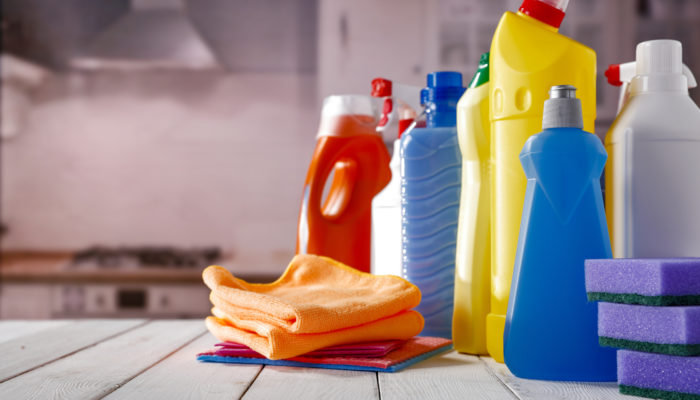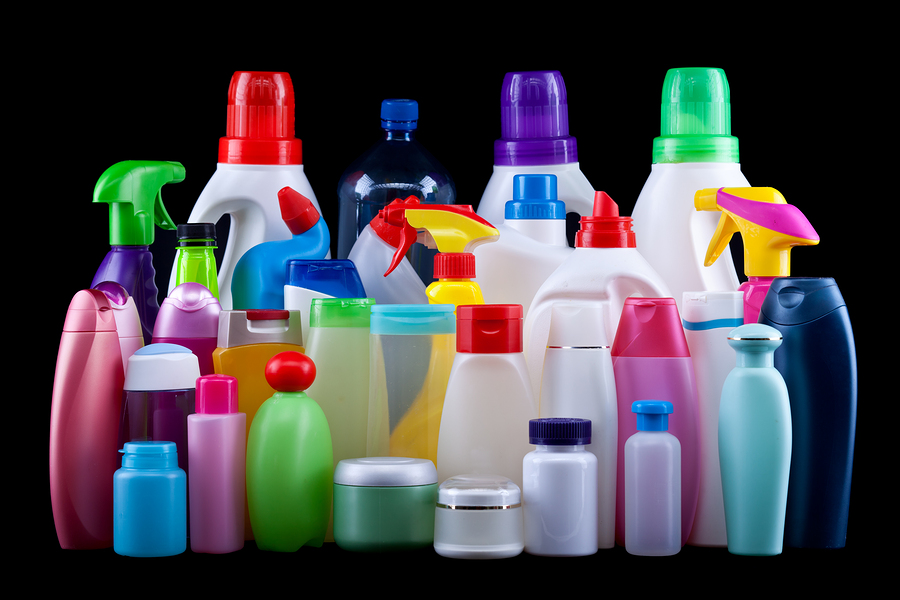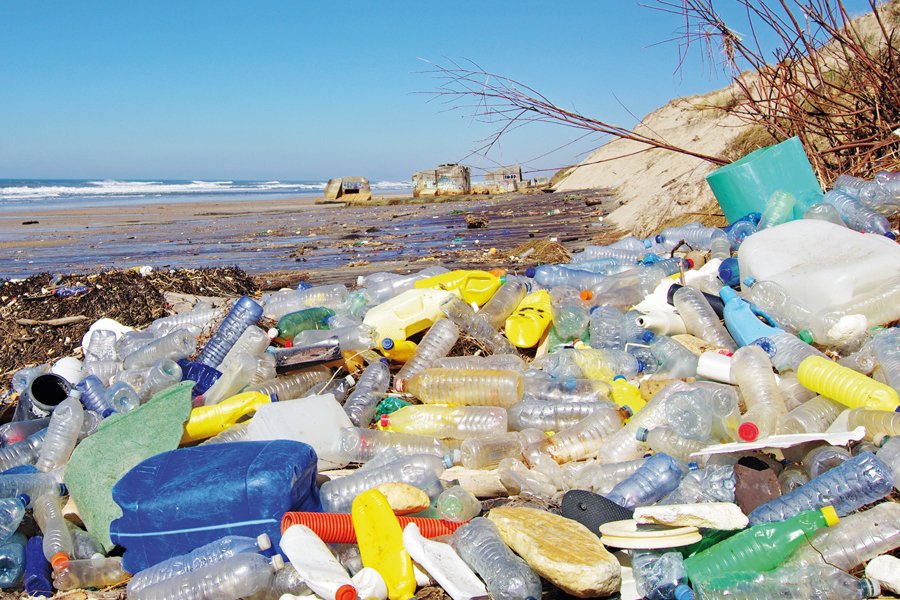Disclosure: As an Amazon Associate I earn from qualifying purchases. This page may contain affiliate links, which means I may receive a commission if you click a link and purchase something that I have recommended. There is no additional cost to you whatsoever.
I doubt whether you or I would put anything on our homes’ ‘Welcome’ mat that would indicate anything less than saying ‘you are most welcome in our home’.
We want people to feel welcome, to be safe and to enjoy our abode.
I don’t know of anyone who would intentionally put anything harmful or dangerous or unwelcoming in the path of their guests.
That would be so counter to providing the kind of atmosphere that we would want for them.
However, there may be substances in our homes that could potentially be dangerous and unsafe for our guests and indeed our own family, both persons and pets.
Even though we would never put out a warming pot of chlorine bleach or calcium, lime, rust remover or glass and window cleaner to greet them at the front door, if we have recently used these compounds, then there may be residue on surfaces that they touch or airborne molecules that they breathe.
Before, being dismissed as a ‘scare monger’, I want to review some of the obvious and not so obvious danger-related items that we may use and also store in areas of homes where our family and friends frequent.
The obvious areas that come to mind where family and perhaps guests may frequent are the kitchen and the bathrooms.
However, airborne contaminants can find their way into any areas such as living rooms and dining rooms.
Let’s look at the four basic states of materials; solid, liquid, gas and plasma and see whether or not any materials used in our homes exist in one or more state and how these could affect the health and wellness of people and pets.
SOLIDS: Can be caustic, corrosive or abrasive and can harm skin and cells when contacted
LIQUIDS: When they are highly acidic or highly basic they can cause burning and irreversible cell damage.
GASES: Because they are airborne, they can be breathed in causing nose and lung damage.
PLASMAS: These are a unique case of GASES and are under electrical stress and many times are at elevated temperatures and can cause burning and other skin/cell damage. Plasmas are further defined as a state in which a gas is illuminated under a potential difference or high temperature.
In the case of a plasma being created under a potential difference, typical household examples are a plasma-screen TV or a fluorescent light fixture. They are only a problem when the structure enclosing the plasma is damaged.

Some Obvious Problematic Materials:
- Chlorine bleach – LIQUID – very dangerous to touch – fumes are extremely dangerous.
- Calcium, lime, rust removers – LIQUID, ditto fumes
- Toilet bowl cleaners – LIQUID – ditto fumes
- Drain un-blockers and cleaners SOLID and LIQUID – corrosive and ditto fumes.
- Petroleum-based cleaning solvents – LIQUID – dangerous and ditto fumes
Some Not So Obvious Materials:
- Window/glass cleaner – LIQUID – can contain Isopropanol, 2-Butoxyethanol and Ethylene glycol n-hexyl ether.
- Furniture polishes – LIQUID – often contain Hydrocarbons (waxes, oils, organic solvents)
- Many laundry detergents – SOLID and LIQUID – may contain Sodium Lauryl Sulfate (SLS)/Sodium Laureth Sulfate (SLES) 1,4-dioxane, NPE (nonylphenol ethoxylate) and even Phosphates.
- ‘gritty’ stove-top surface cleaners – LIQUID – may contain Limestone (Calcium carbonate), Feldspar, Soda ash (Sodium carbonate) and Baking soda (Sodium bicarbonate)
- Bathroom and toilet bowl cleaners – LIQUID – may contain Sodium Hydroxide, Sodium Hypochlorite and bleach.
The lists go on. Some of the above agents are not a serious threat to health but some certainly are.
There is no end of information on how to eliminate or minimize some of these agents and even how to make your own, safer cleaners. Most of don’t want to go that far. It is too easy to buy our cleaning agents at the grocery store.
There are alternatives thought that fall between the ‘really bad’ and the ‘really good’ home-made products.
It may have crossed your mind that even though you use some ‘nasty’ agents in your home, by the time your friends and family are around them, they will have dried up, evaporated or otherwise disappeared.
Anything that ‘dries’ will leave a residue, anything that dries means some portion of it has evaporated – not left the Earth, but has gone into the air we breathe. That ‘clean’ smell that we smell after cleaning simply means that esters are present in the air.
We know all too well the smell of petroleum-based products long after they have been used. There are always cautions about using these in well-ventilated areas. Do we always follow that advice?
Certainly, dried residue left by many bathroom and kitchen cleaners is still on the surfaces we clean many hours after being applied – and we touch them, and our family and friends touch them.
Have you ever noticed the ‘film’ that is left cleaning? It may not be obvious but take a light shone at an angle to the surface and the presence of residue will be obvious.
Thinking about what we use to clean and what may be left on surfaces or in the air and doing something about them will assure that when we put out our ‘Welcome’ mat that is will indeed say “Welcome to our safe and eco-friendly Home”.





